蘋果華為都想做的無按鍵手機,被小米先做出來了?
根據 Smartprix 的爆料稱,小米正在研發一台代號為「朱雀」的無按鍵手機。
這份爆料稱,這台代號朱雀的手機將秉承一體化的理念設計,使用屏下攝像頭,並搭載高通驍龍8gen4 處理器,如果計劃沒有變動,我們很可能在2025 年看到它的到來。
看到這個消息,我恍惚間以為自己回到了 2019 年——那時小米發布了小米 MIX Alpha 概念機,環繞屏無按鍵設計相當驚艷。
這是我第一次見識到無按鍵手機的魅力。
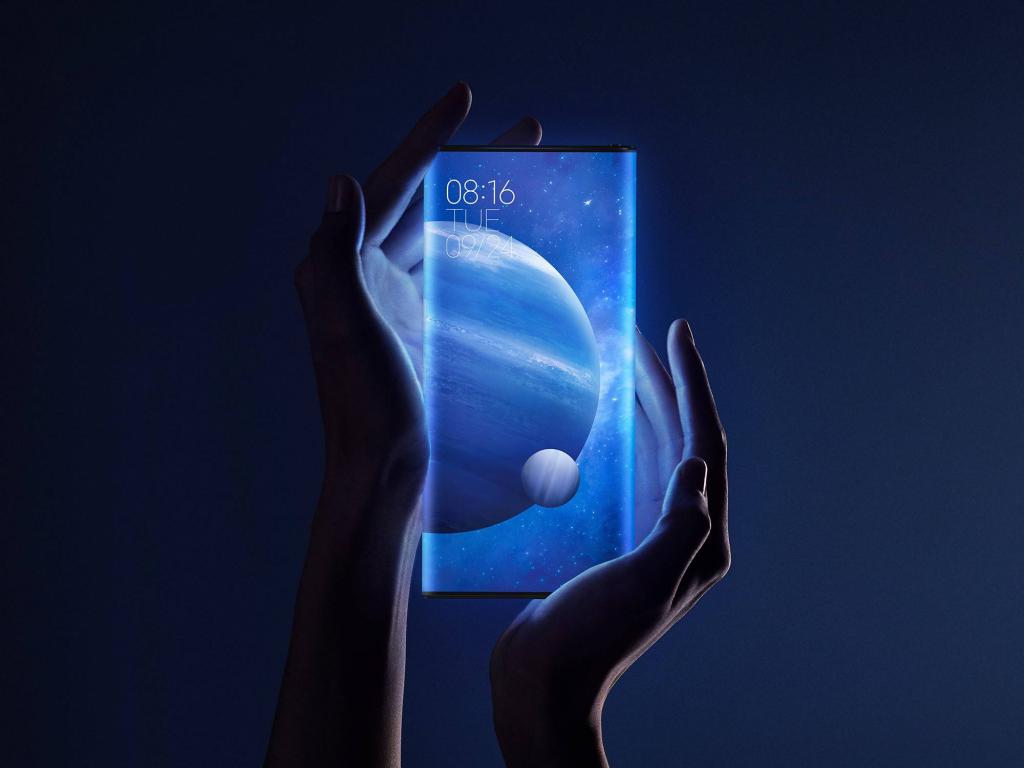
想要一塊「魔力玻璃」,要先把按鍵幹掉
在《賈伯斯傳》中,賈伯斯曾經表達過:
希望手機能像一塊「充滿魔力的玻璃」,簡潔、輕薄、沒有多餘的元素。
如果說,在智慧型手機的早期歷史裡,人類對手機的所有暢想共一石,那麼有八斗都落在了這塊與我們交互的屏幕上,一塊承載著所有功能與交互的玻璃是所有消費者與廠商的「夢中情機」。
而想要得到這麼一塊「玻璃」,首當其衝的,就是乾掉按鍵。
這種暢想早有端倪——每年新iPhone 推出的時候,就有不少概念機圖片出現在網絡上,除了類似於“屏幕巨長”的iPhone 18 梗圖外,最引人們注目的,就是那台沒有側邊按鈕的iPhone。
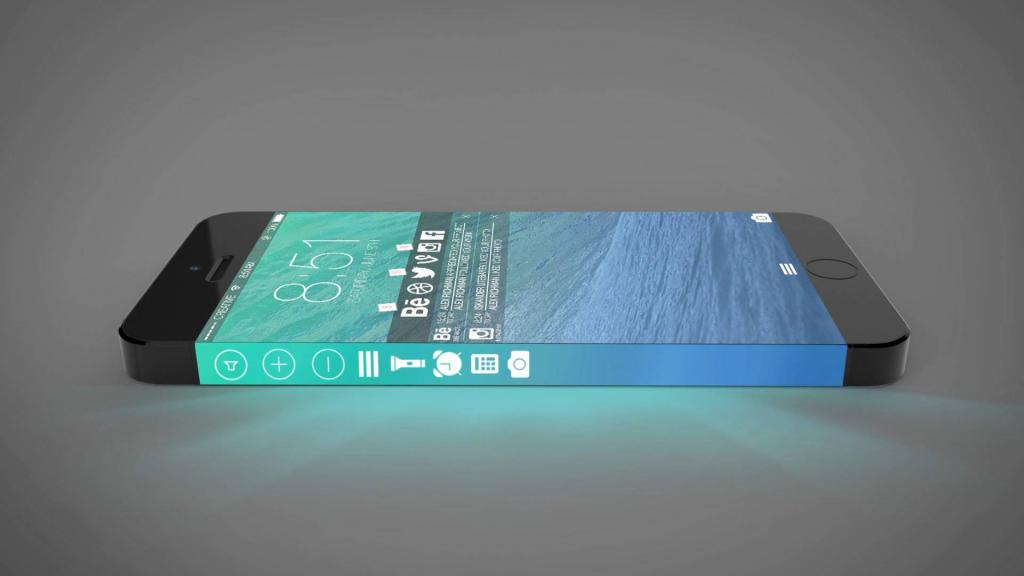
▲ 我眼熟不?
再後來,小米Mix 與iPhone X 先後開啟了全面屏時代,概念機的形態也在與時俱進,不過,就和狼來了一樣,我對概念機的落地已經不抱希望了。
讓人意想不到的是,國產廠家突然開始發力,魅族 Zero 的突然出現,如晴天炸雷一般出現在所有人的目光中。
2019 年 1 月 23 日,魅族科技正式發布了魅族 Zero,不需要任何限定詞——這是全球首款無開孔智慧型手機。
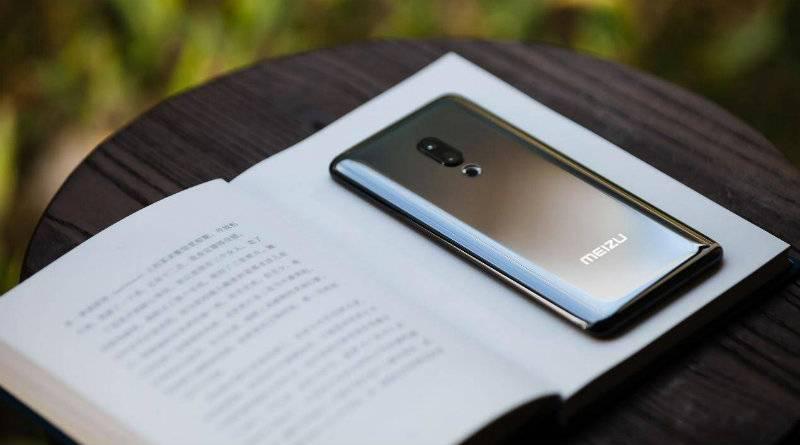
就算是魅族已經轉型的當下,魅族的設計依舊是大家津津樂道的話題之一,被稱為手機設計的「黃埔軍校」。
這種設計至上的理念,在 Zero 上體現得淋漓盡致:將實體按鍵全部取消,轉而使用虛擬側壓按鍵的方案,讓手感與體驗更純粹。
Zero 採用了壓力檢測技術和電容定位技術,在機身兩側實現了電源及音量按鍵的虛擬化,並用 X 軸線行馬達對虛擬按鍵的激發進行反饋。
對於手機底部接口,魅族同樣為設計讓了路,透過手機背面的線圈來達成無線充電的效果,將手機底部的接口徹底消滅。

這台手機將想像中的東西帶到了現實中,擺在了每個人的面前,哪怕魅族聲稱這只是一台概念機,並不保證會量產,但仍舊一石激起千層浪。
當大家還沉浸在魅族 Zero 的科幻與優雅時,vivo 也給了重磅炸彈。
僅在 Zero 發布的一天後的 1 月 24 日,vivo 在北京發布了首款 5G 一體手機—— APEX 2019。
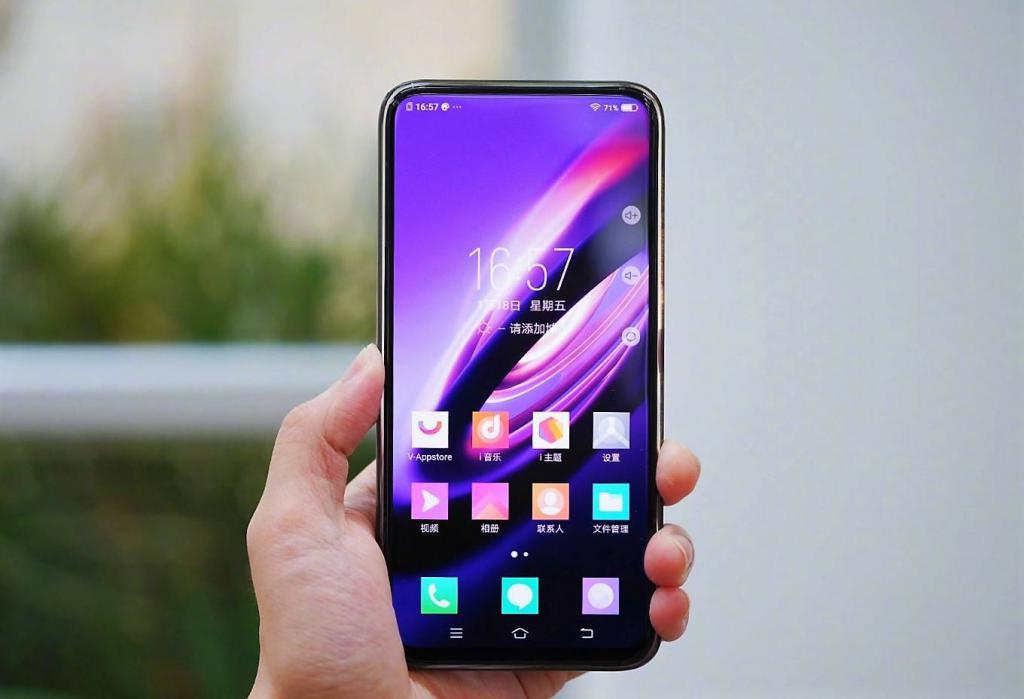
vivo 將這個設計稱為“Super Unibody”,其理念非常直接——技術更多,設計更少。
雖然與魅族的概念有些差異,但殊途同歸,vivo 給出的答案與Zero 極其相似—— vivo APEX 將機身所有的按鍵進行了“物理消滅”,在屏幕邊緣設置了交替的電容、壓力觸控點,能夠在一定區域內同時偵測按壓與觸摸,精確定位使用者手指,並判斷操作的目標功能。
與魅族不同,vivo 將機身介面接點保留在背面,透過更強的磁吸力度將靠近的數據線介面吸住,以達到充電與傳輸數據的目的。
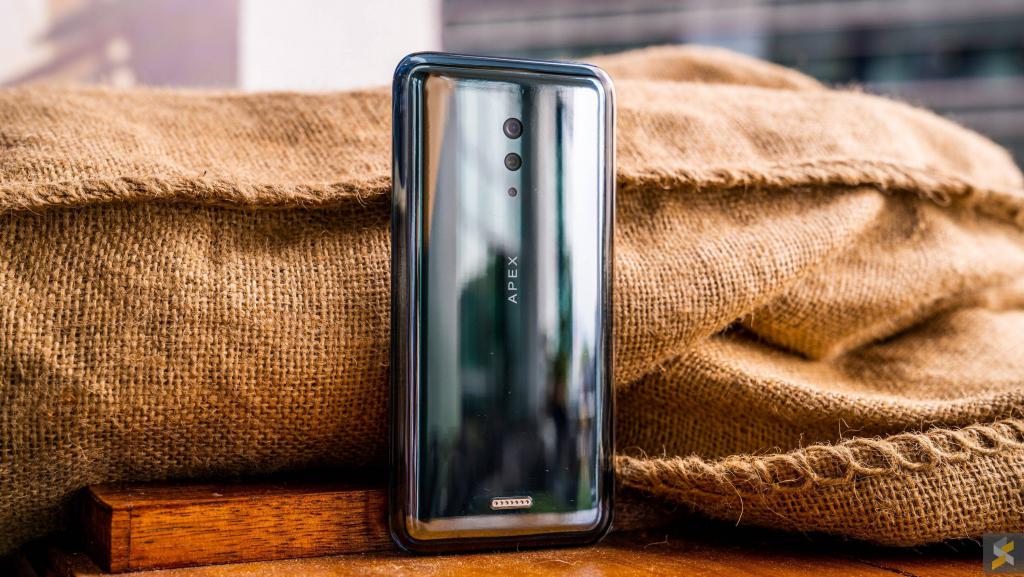
僅僅大半年後,兩台概念機的熱度剛剛平息下來,小米就推出了更激進的玩意—— Mix Alpha
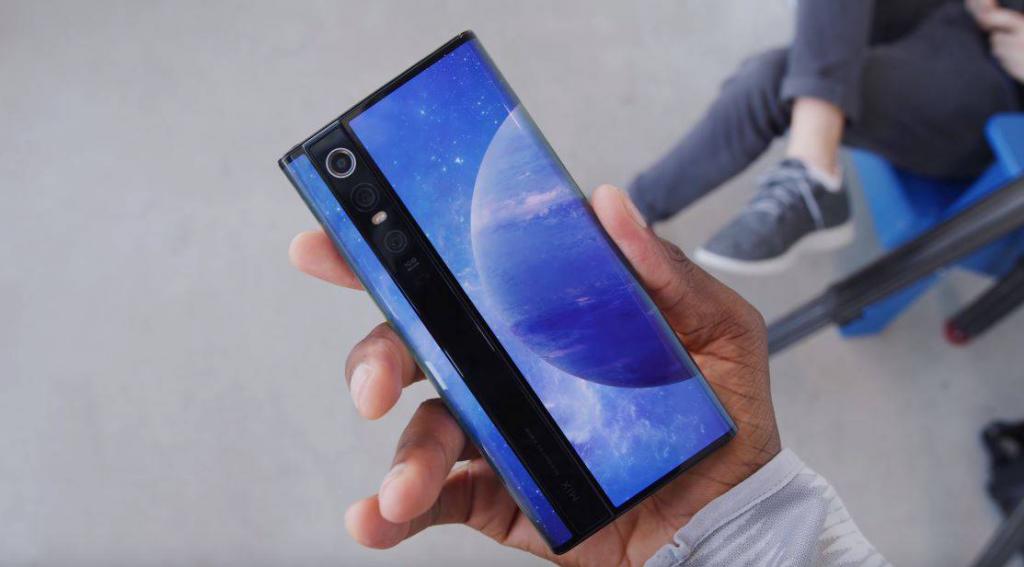
If the first two devices only proved the feasibility of related technologies, then the Mix Alpha launched by Xiaomi undoubtedly brought imagination into reality - a huge surround screen surrounds from the front to the back, and finally at the rear The camera meets the screen, and the screen-to-body ratio is as high as 180.6%.
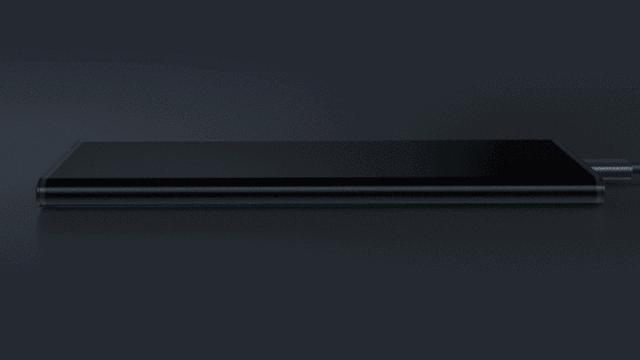
▲ The Mix Alpha from this angle is very much like the concept picture of a mobile phone that I once imagined
However, compared to the dreamy screen, Xiaomi has added buttons on the body On the phone, it is still conservatively stable - Mix Alpha only removes the physical volume button, and still retains the physical power button to deal with problems such as system failure or machine jamming, and leaves a charging interface.
Compared to the radicalness of Xiaomi Mix Alpha, vivo APEX and Meizu Zero, Huawei is much more stable.
At the end of 2019, under the bombardment of many concept machines, Huawei held a press conference in Germany and released the flagship of the year-Mate 30 Pro.
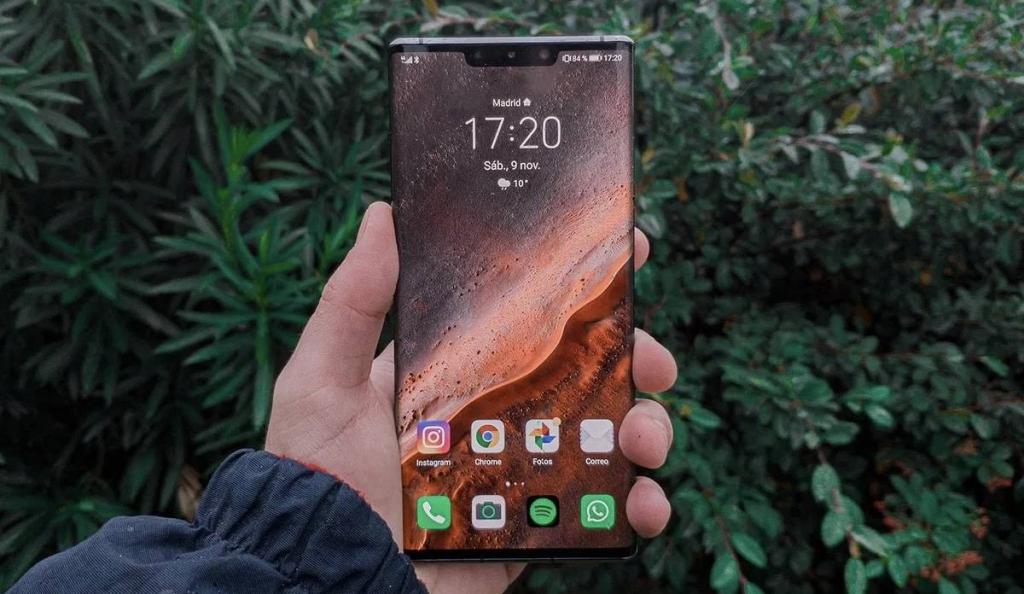
Because it is a mass-produced model, Huawei did not go all the way to the radical end. Instead, it had to consider various aspects such as interaction, user learning cost, and ease of use, and finally chose to use virtual machines. The buttons replace the physical volume buttons, and a physical power button that is compressed to the extreme is retained on the side of the phone.
In this solution, the virtual button wake-up adopts a touch solution. When the user needs to adjust the volume, he can double-click the edge of the screen and slide up and down with his finger to adjust the volume.
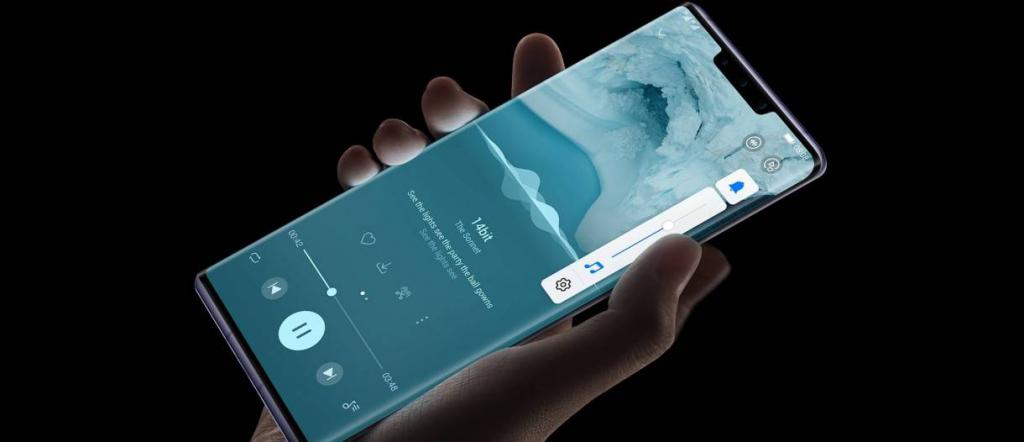
In just one year, in pursuit of a piece of "magic glass", radical players such as Meizu and Xiaomi have been manufacturing and trying concept phones at all costs. Looking for the possibility of implementing solutions, there are also manufacturers like Huawei that are taking a steady approach, starting from a small place, and trying things step by step.
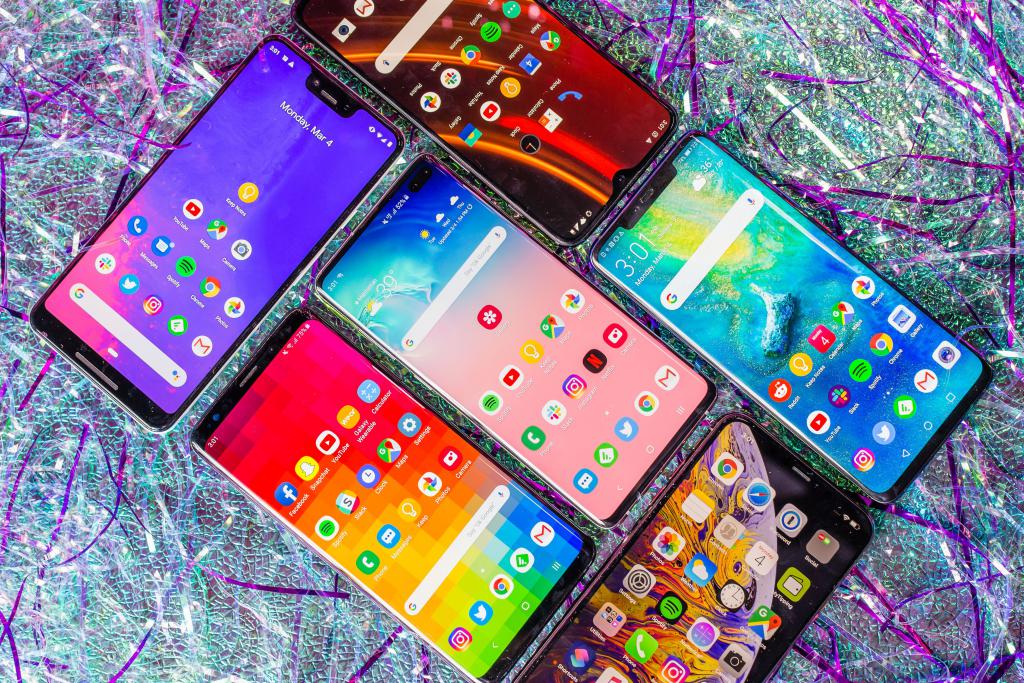
It’s great that you sing and then I appear.
But unfortunately, this grand occasion did not last long.
The regret of the times, the short-lived buttonless mobile phone
Buttonless mobile phone, this cool concept did not last because everyone found that mobile phones in this form It has entered a strange circle: using more complex interaction methods in exchange for a simpler body design.
Since Meizu Zero, vivo APEX and Xiaomi Mix Alpha are all concept machines or sold in small quantities, let’s take a look at the most stable mass-produced model: the virtual volume keys on Huawei Mate 30 Pro.
Huawei Mate 30 Pro uses a capacitive sensing solution, that is, a touch screen solution to solve the problem of waking up virtual buttons. Both sides of the entire upper part of the phone can wake up the volume adjustment function by double-clicking the side.
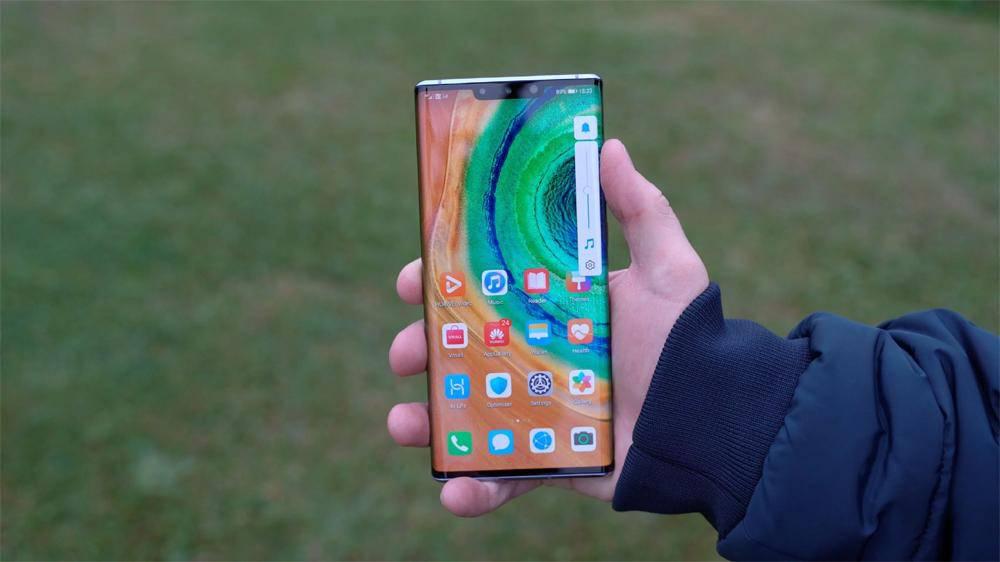
For this function, users’ evaluations are quite polarized. Every reason for dislike will mention one key point: the interaction of this virtual button is not friendly.
First of all, the operation is unintuitive, and it is physically unintuitive.
I wonder if you have ever encountered inappropriate phone or voice volume. When we cannot look directly at the screen but need to adjust the volume, virtual buttons often make people busy.
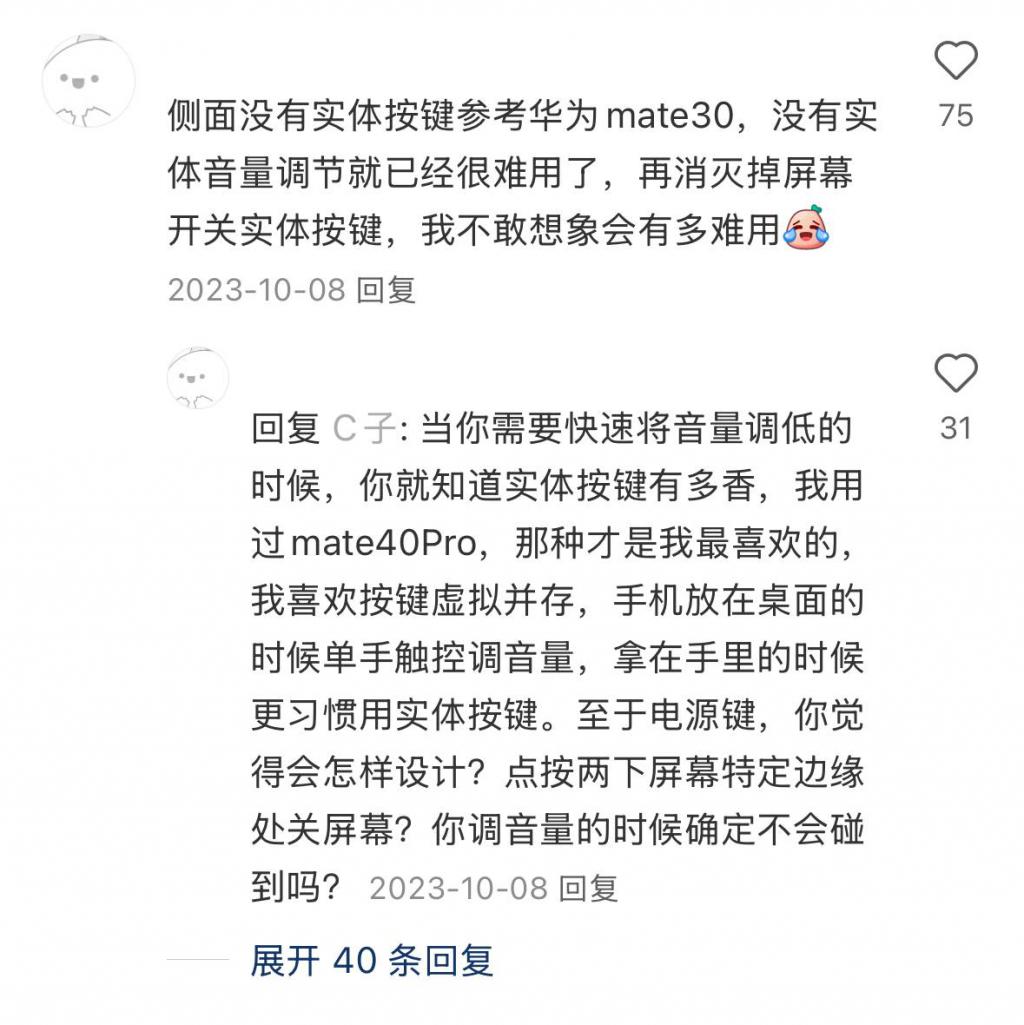
▲ On Xiaohongshu, the discussion about virtual buttons is very intense
Secondly, the increase in interaction costs cannot be ignored.
In the past, through physical volume keys, we only needed one press to complete the interaction. With virtual volume keys, we need three actions to achieve the purpose.
These details may seem inconspicuous, but their impact is huge - the experience of using the mobile phone is blocked, and users need to frequently shift their attention to solve the problem of virtual keys.
In Apple’s early advertisements, there was a classic line to describe the contradiction between the simplification and interaction of mobile phone design:
Simplicity is the ultimate sophistication.
Simplicity It's the ultimate sophistication.
It seems that keeping the interaction simple is much more difficult than keeping the mobile phone simple.
Finally, it’s a matter of accidental contact.
Although Huawei has tried its best to adapt this virtual button, in order to prevent accidental touches, you need to double-click the edge screen to wake up this function, but when the phone is placed in your pocket or the grip is changed repeatedly There is still a risk of accidental contact during operation.
What’s even more uncomfortable is that the double-click like function of many software does not adapt to the wake-up of the virtual volume keys, so users are forced to "accidentally touch" the like.
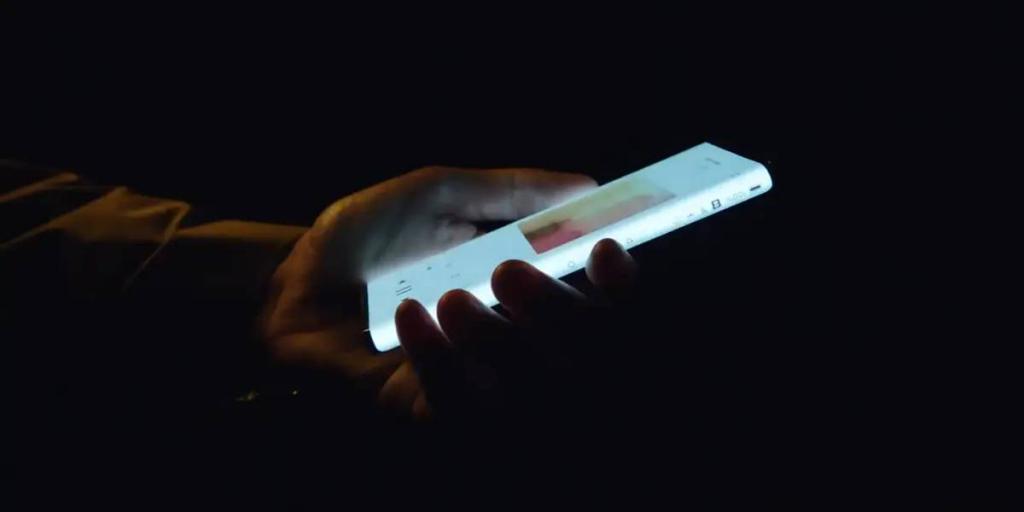
In addition to interaction, there are also considerable problems with maintenance.
When the waterfall screen of Huawei Mate 30 Pro is bumped or slipped, causing damage to the waterfall screen, it will cost 1,499 yuan to repair.
If it were just an increase in cost, it would still be barely acceptable - Apple’s repair prices have never been cheap.
But when repairs are full of risks, it can be very embarrassing.
On second-hand platforms, I have seen several Xiaomi Mix Alphas, and they were all in a "corpse" state.
It is not that there is any problem with the body, but due to battery failure, the phone has lost its energy supply and cannot be turned on.
Due to the large area of the screen surround on Xiaomi Mix Alpha, the repair of the phone is very difficult. Any repair operation requires extreme care, especially in the disassembly and reinstallation of the screen and internal components. Be careful and you can cause additional damage.
Such a high maintenance risk is undoubtedly a huge burden for users.
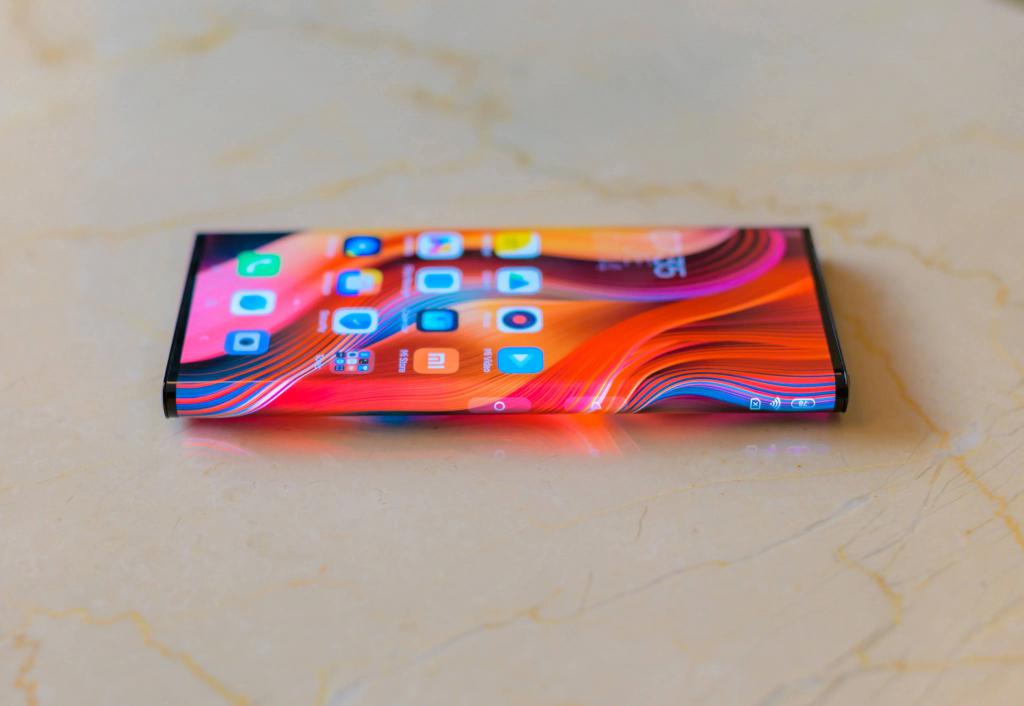
After comprehensive consideration, the attempt of buttonless mobile phones, together with all other possibilities, quickly cooled down after multiple rounds of commercial verification. The designs and solutions of manufacturers began to converge. No one cares about the virtual button solution that is so close to the "imaginary mobile phone".
The emergence of AI and the development of hardware have brought new possibilities to buttonless mobile phones
The unification of mobile phone design strategies has almost buried buttonless mobile phones in the market Throughout history, people have turned to complex designs such as folding structures to pursue more form possibilities for mobile phones.
So, I was quite surprised when I saw the news that Xiaomi is developing a buttonless phone.
But on second thought, the development of AI and the advancement of button technology may have been able to help us solve some pain points.
The current AI recognition of human natural language has been unprecedentedly powerful. For example, Pixel’s Gemini assistant can already understand in context, and can also achieve more intelligent interaction methods on mobile phones through complex computing power support.
With the support of such computing power, new ways of interaction have emerged on smartphones. Through sensors such as microphones and cameras, mobile phones can capture and understand the user’s intentions in real time, know what we want to do, and proactively solve the problem. More questions.
This gives a possibility to kill the physical buttons.
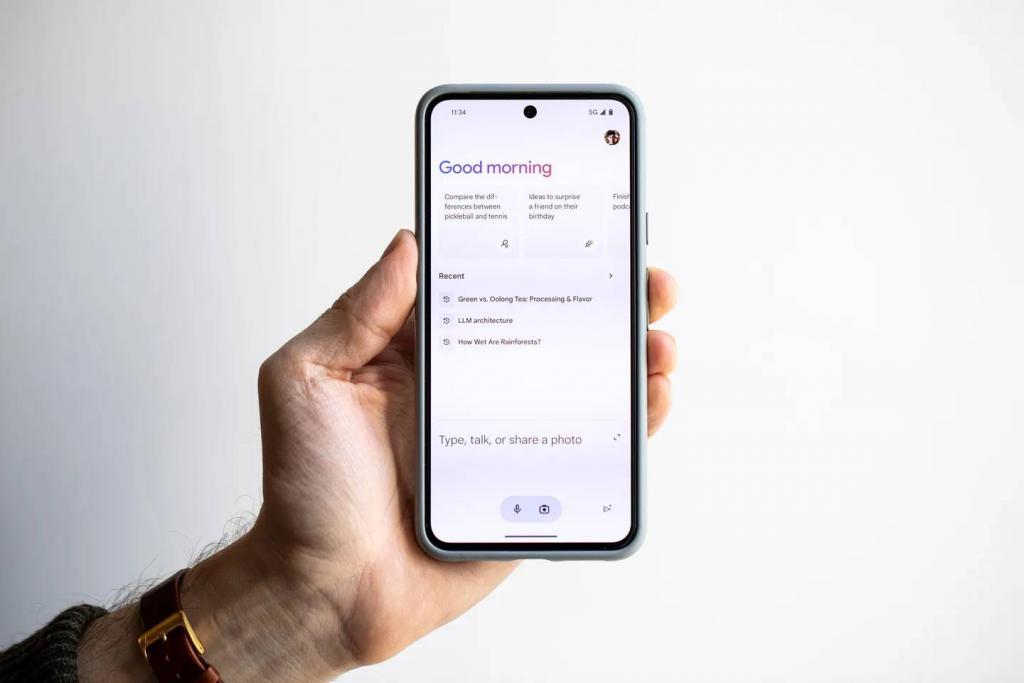
At the same time, with the support of AI, it is natural to strengthen the recognition of natural human behavior.
Huawei has long launched the function of using gestures to operate mobile phones in the air. Through AI deep learning, the mobile phone can greatly improve the recognition of various gestures of users, providing similar or even richer physical buttons. functional experience.
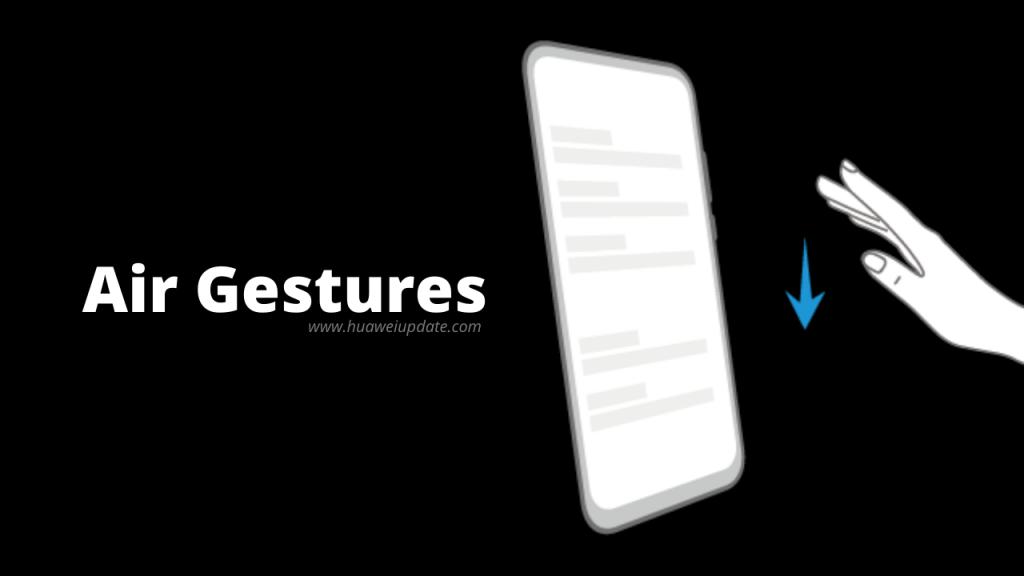
In addition, AI may be able to do more to reduce users’ dependence on physical buttons, such as through light sensors, network form and connection status, and positioning. Determine the environment the user is in and adjust the volume to an appropriate level.
In the past five years, not only has the software made great progress, but the hardware has also made new progress.
The new camera button of iPhone 16 provides an inspiration: this button supports sliding and multi-level operations. At the same time, it is not a real button that can be pressed, but is similar to iPhone 8 and MacBook. The touchpad has a pressure sensor that gives users feedback through vibration.
There is also no mechanical structure. This design solution provides the possibility for the realization of virtual buttons: virtual buttons can undertake more interactions and functions through multiple states, eliminating the need for multiple buttons to achieve Functions are integrated into a few touch areas or virtual keys to optimize the overall design of the phone and reduce hardware complexity.
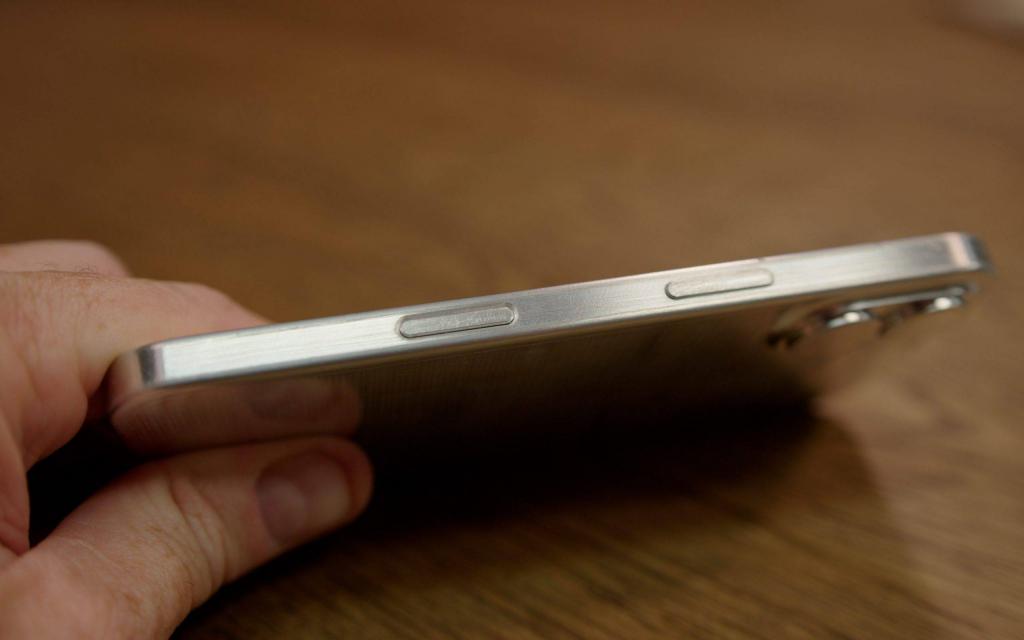
Nowadays, a Mix Alpha can be sold for tens of thousands on Xianyu, and there is no market for it.
Although there is an impact of scarcity, it cannot be denied: buttonless mobile phones, a highly anticipated solution since the early days of smartphone history, have still planted a seed in people's hearts despite repeated failures. .
Millet "Suzaku" is the bud that emerged from this seed after five years. Whether it can bloom new flowers and bear new fruits is worth looking forward to.
以上是蘋果華為都想做的無按鍵手機,被小米先做出來了?的詳細內容。更多資訊請關注PHP中文網其他相關文章!

熱AI工具

Undresser.AI Undress
人工智慧驅動的應用程序,用於創建逼真的裸體照片

AI Clothes Remover
用於從照片中去除衣服的線上人工智慧工具。

Undress AI Tool
免費脫衣圖片

Clothoff.io
AI脫衣器

Video Face Swap
使用我們完全免費的人工智慧換臉工具,輕鬆在任何影片中換臉!

熱門文章

熱工具

記事本++7.3.1
好用且免費的程式碼編輯器

SublimeText3漢化版
中文版,非常好用

禪工作室 13.0.1
強大的PHP整合開發環境

Dreamweaver CS6
視覺化網頁開發工具

SublimeText3 Mac版
神級程式碼編輯軟體(SublimeText3)
 Altcoin季節指數下降到25歲以下,表明比特幣季節儘管最近運行
May 15, 2025 pm 12:09 PM
Altcoin季節指數下降到25歲以下,表明比特幣季節儘管最近運行
May 15, 2025 pm 12:09 PM
AltCoin季節指數在90天內衡量了對比特幣的頂級山寨幣的表現情況。 CryptoRover在X上分享了兩個不同的圖表,揭示了一些引人注目的趨勢轉變。第一個圖表是近期熱議的焦點-Altcoin季節。它展示了Altcoin季節指數,該指數衡量了90天內頂級山寨幣相對於比特幣的表現。這項具體數據來自blockchaincenter.net,測量了前50個表現最佳的山寨幣,不包括任何穩定幣或資產支持的代幣。關於AltCoin季節指數,如果在過去的90天內,前50個Altcoin的表現超過比特幣,則會進
 Vaneck推出了針對機構投資者的第一個RWA令牌化基金
May 15, 2025 am 11:51 AM
Vaneck推出了針對機構投資者的第一個RWA令牌化基金
May 15, 2025 am 11:51 AM
VBILL代幣基金於5月13日推出,為機構投資者提供了代幣化的美國財政賬單的機會。 Vaneck的新型標記基金將使機構投資者能夠投資美國國庫賬單。 VBILL代幣基金於5月13日啟動,是與Securitize合作的結果,Securitize是支持該基金全部運營的令牌化平台。該基金將在四個主要區塊鏈上進行訂閱-以太坊,索拉納,雪崩和BNB鏈。在其中三個區塊鏈(雪崩,Solana和BNB鏈)上,最低訂閱額為100,000美元。而在以太坊上,最低投資額為100萬美元。該基金是Vaneck努力擴大其在現實世
 $ 500到$ 70萬美元? Web3 AI正軌將百萬富翁作為超流動和BGB激增
May 15, 2025 pm 12:21 PM
$ 500到$ 70萬美元? Web3 AI正軌將百萬富翁作為超流動和BGB激增
May 15, 2025 pm 12:21 PM
超流動性(HYPE)價格更新顯示,公牛的目標是在公開利息飆升至創紀錄的6.97億美元之後的25美元。超級流動性(HYPE)公牛的目標是25美元,因為代幣交易高於主要支持,為19.24美元。開放興趣飆升至創紀錄的6.97億美元,這表明了強勁的勢頭。來自RSI(14)和MACD(12,26)的技術信號顯示可能有更多的上升空間。到2030年,隨著交易所在全球範圍內擴展和燃燒代幣,BitGet令牌(BGB)價格預測的目標是25美元。 Web3AI的預售開始引起關注,起價僅為0.03美元,並提供1,333倍
 在VSCode中編寫和測試SQL代碼的技巧
May 15, 2025 pm 09:09 PM
在VSCode中編寫和測試SQL代碼的技巧
May 15, 2025 pm 09:09 PM
在VSCode中編寫和測試SQL代碼可以通過安裝SQLTools和SQLServer(mssql)插件實現。 1.在擴展市場中安裝插件。 2.配置數據庫連接,編輯settings.json文件。 3.利用語法高亮和自動補全編寫SQL代碼。 4.使用快捷鍵如Ctrl /和Shift Alt F提高效率。 5.通過右鍵選擇ExecuteQuery測試SQL查詢。 6.使用EXPLAIN命令優化查詢性能。
 什麼是XploraDEX 和$XPL 代幣?一文介紹
May 15, 2025 am 11:45 AM
什麼是XploraDEX 和$XPL 代幣?一文介紹
May 15, 2025 am 11:45 AM
在快速發展的去中心化金融(DeFi)世界中,創新從不止息。最新一波的浪潮不僅僅是關於速度或安全——而是關於智慧。這正是XploraDEX進入舞台的時候。建立在XRP紀錄上的XploraDEX正在為去中心化交易所設定新的基準,通過將人工智慧(AI)引入交易的每一個層面。但XploraDEX到底是什麼,它與其他平台有何不同,以及$XPL代幣在其生態系統中扮演什麼角色?讓我們以易於理解的方式逐步解析。
 由政府債券支持的Humo Token正在烏茲別克斯坦(Uzdaily.com)進行測試(Uzdaily.com)
May 15, 2025 pm 02:03 PM
由政府債券支持的Humo Token正在烏茲別克斯坦(Uzdaily.com)進行測試(Uzdaily.com)
May 15, 2025 pm 02:03 PM
烏茲別克斯坦正在試驗一種新的數字資產,即由政府債券擔保的Humo代幣。該代幣與國家貨幣掛鉤,1個Humo等於1000總和。根據烏茲別克斯坦在加密資產領域的法律框架,該項目正在實施。多個戰略合作夥伴參與了其開發,其中包括為烏茲別克斯坦3500萬持卡人提供服務的Humo支付系統。得益於Humo與商業銀行、市場和零售結構的廣泛合作,為代幣在日常交易中的廣泛應用創造了條件。項目的技術基礎由Asterium和Broxus公司提供。該項目採用了Broxus開發的Tycho區塊鏈協議。其特點是高交易速度和低交
 確保未來的最佳加密貨幣:前3個選秀權將釋放巨大的利潤潛力!
May 15, 2025 pm 12:30 PM
確保未來的最佳加密貨幣:前3個選秀權將釋放巨大的利潤潛力!
May 15, 2025 pm 12:30 PM
在當今擁擠的加密市場中,炒作、猜測和不可預測的波動佔據主導地位。在龐大且經常被宣傳的加密貨幣市場中,持久的成功歸結為真正的效用、創新和最終的牽引力。隨著投資者和交易者尋求具有持久力量的項目,那些具有強大用例、基本穩定性和未來技術的項目越來越成為最前沿的,尤其是面對市場波動。這些特質在2025年脫穎而出的三個令牌是Web3AI(Wai)、Hedera(Hbar)和Polkadot(DOT)。每個人都帶來了獨特的東西:Web3AI的AI驅動交易平台、Hedera的企業使用可擴展性以及Polkadot
 加密貨幣市場在5月忙碌,Presales升溫和Altcoins測試關鍵阻力水平。
May 15, 2025 pm 02:09 PM
加密貨幣市場在5月忙碌,Presales升溫和Altcoins測試關鍵阻力水平。
May 15, 2025 pm 02:09 PM
很顯然,某些網絡在2025年下半年的動力正在增長,現在選擇正確的入口點可能意味著巨大的回報。在加密貨幣領域的一個繁忙月份,預售活動升溫,替代幣測試關鍵阻力水平,而某些網絡在2025年下半年表現良好。很顯然,現在選擇正確的入口點可能意味著巨大的獎勵。儘管Chainlink和Cosmos等平台正在探索新的集成和列表,而Aptos擴大了流動性訪問,但Blockdag的日常購買者競爭和預售指標正在創造新的機會。這四個之間的競爭非常激烈,但每個都為那些現在購買頂級加密貨幣的人提供了獨特的視角。以下是對20






